This project is dedicated to the identity of the origami museum. All advertising media and digital tools have been developed that could help increase the number of visitors to the museum.Origami (折り紙, Japanese pronunciation: [oɾiɡami] or [oɾiꜜɡami], from ori meaning “folding”, and kami meaning “paper” (kami changes to gami due to rendaku)) is the Japanese art of paper folding. In modern usage, the word “origami” is often used as an inclusive term for all folding practices, regardless of their culture of origin. The goal is to transform a flat square sheet of paper into a finished sculpture through folding and sculpting techniques. Modern origami practitioners generally discourage the use of cuts, glue, or markings on the paper. Origami folders often use the Japanese word kirigami to refer to designs which use cuts.
In the detailed Japanese classification, origami is divided into stylized ceremonial origami (儀礼折り紙, girei origami) and recreational origami (遊戯折り紙, yūgi origami), and only recreational origami is generally recognized as origami. In Japan, ceremonial origami is generally called “origata” (ja:折形) to distinguish it from recreational origami. The term “origata” is one of the old terms for origami.
The small number of basic origami folds can be combined in a variety of ways to make intricate designs. The best-known origami model is the Japanese paper crane. In general, these designs begin with a square sheet of paper whose sides may be of different colors, prints, or patterns. Traditional Japanese origami, which has been practiced since the Edo period (1603–1868), has often been less strict about these conventions, sometimes cutting the paper or using nonsquare shapes to start with. The principles of origami are also used in stents, packaging, and other engineering applications. The bend was taken as the basis of the identity, so the entire text and all the names were specially written on objects that bend in order to convey the very essence of origami – a bent sheet of paper. For advertising media, a text about the history of origami was also used, bent in various ways. In the museum itself, a person can get acquainted with the history of origami creation, the works of craftsmen, try to create some kind of paper object himself and purchase products with the name of the museum.The whole identity is made in a strict concise style, so as not to distract visitors from the essence, that is, the exhibits themselves. Also, the emphasis in the identity is on the font, which symbolizes a kind of newspaper leaf. This technique was not chosen by chance. With it, we show that origami is a publicly available art and everyone, regardless of status, age or financial situation, can take up this craft.
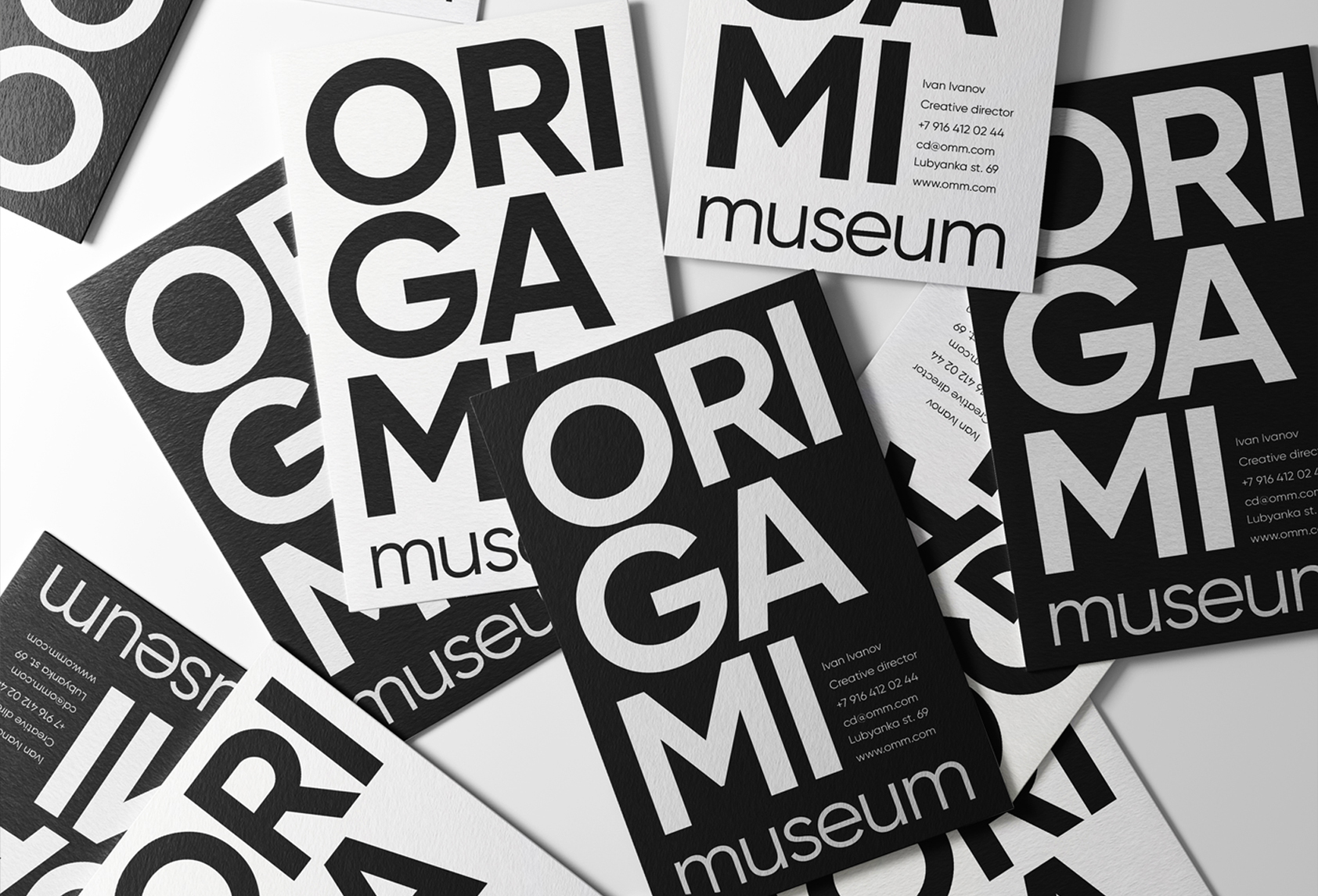
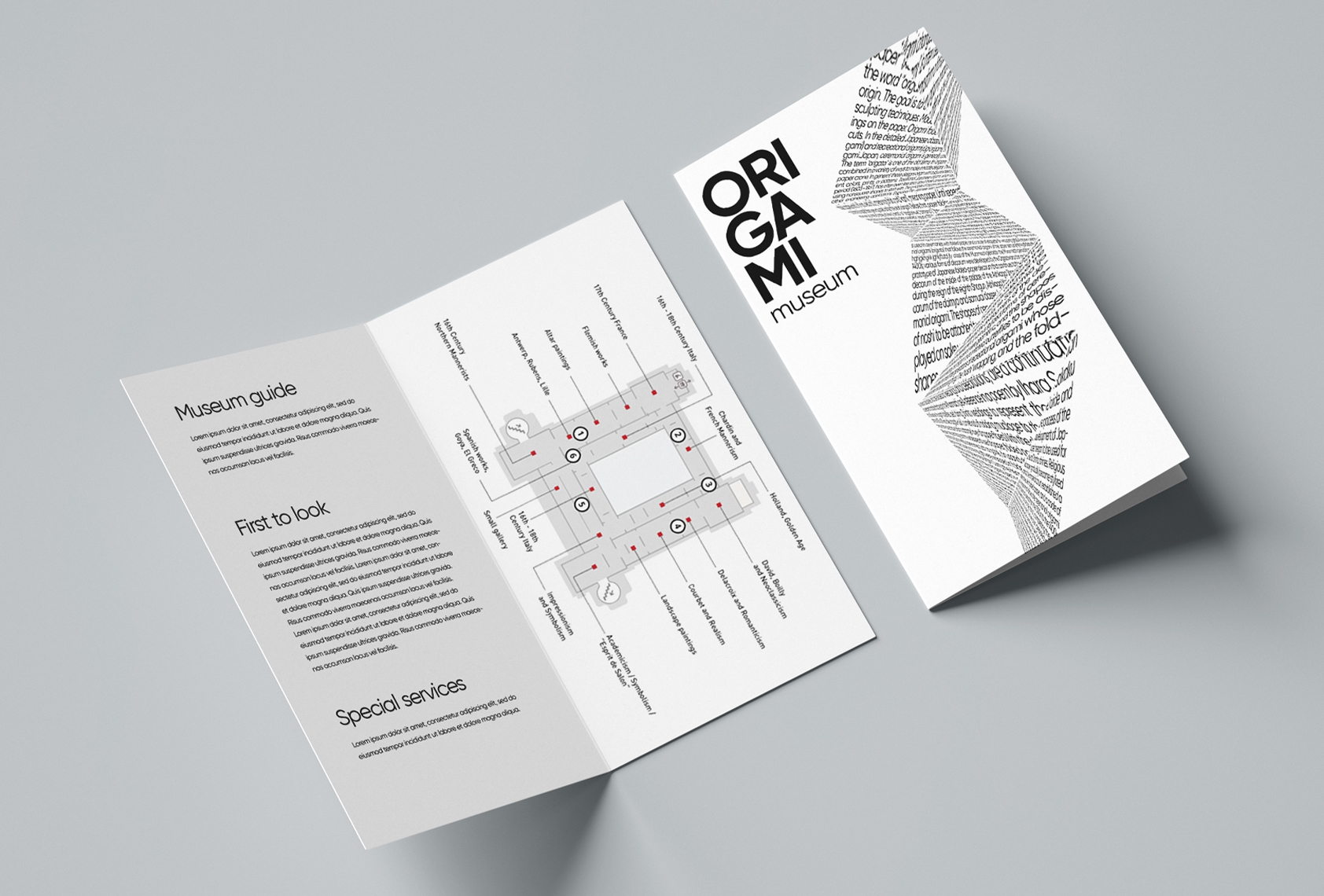
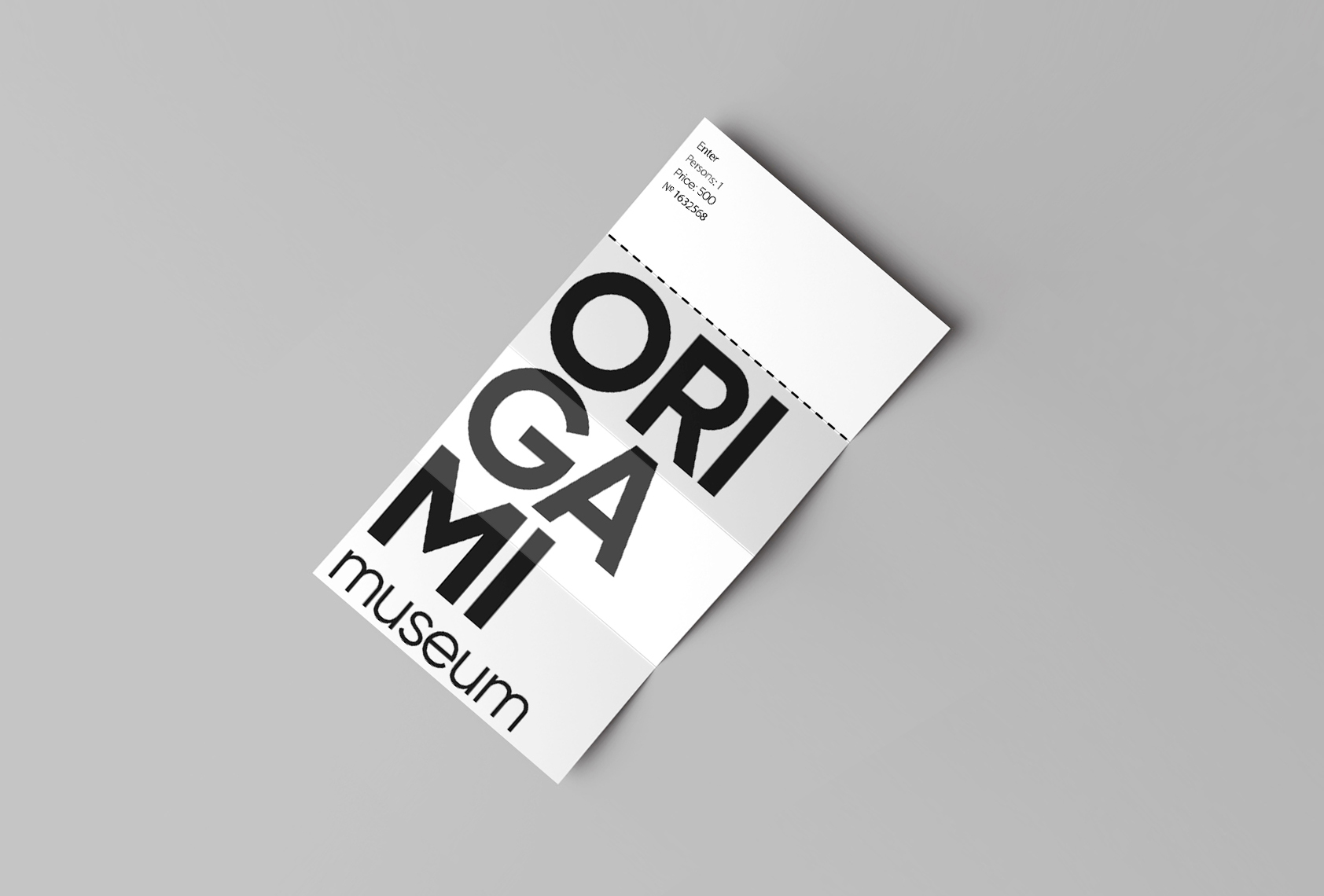
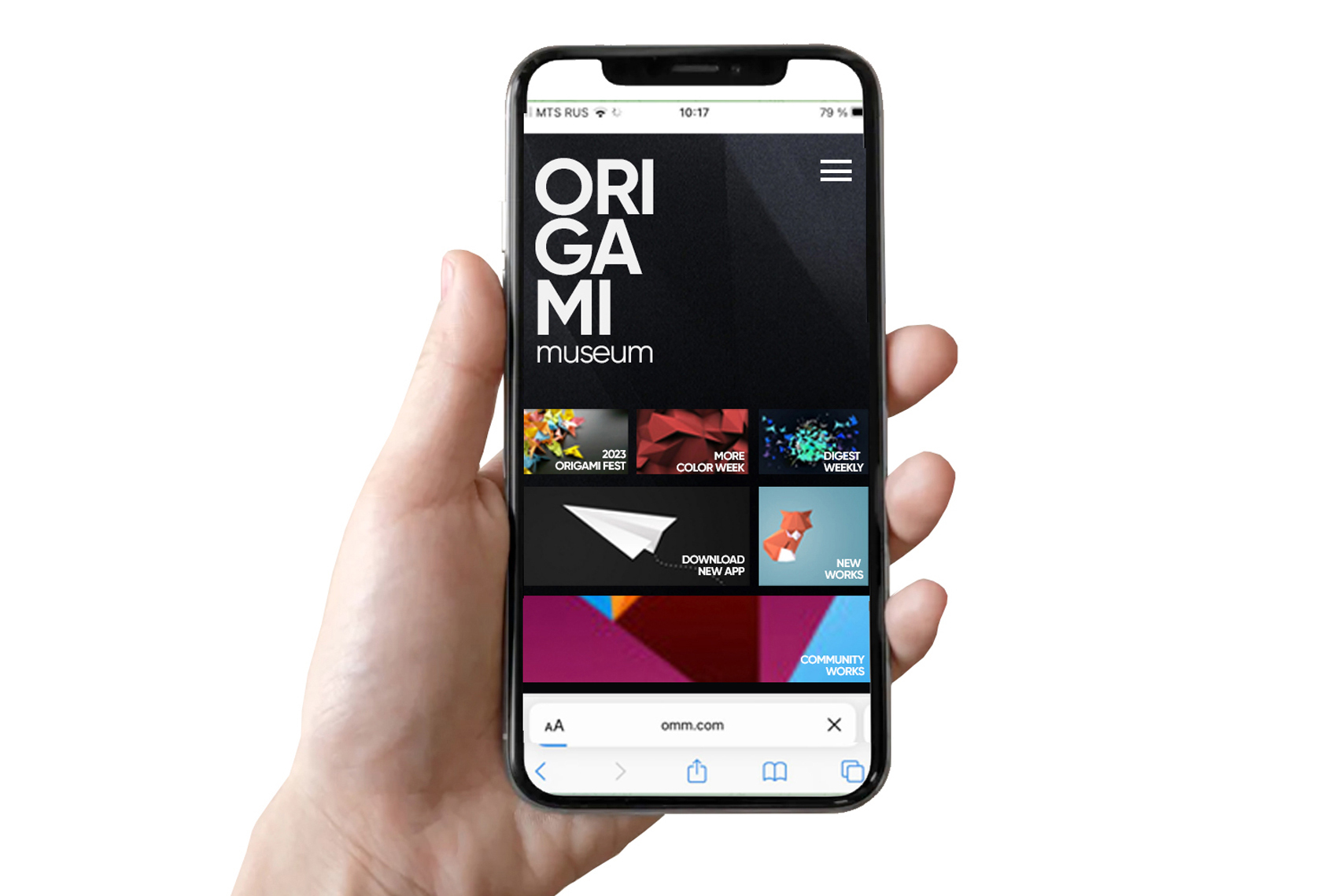
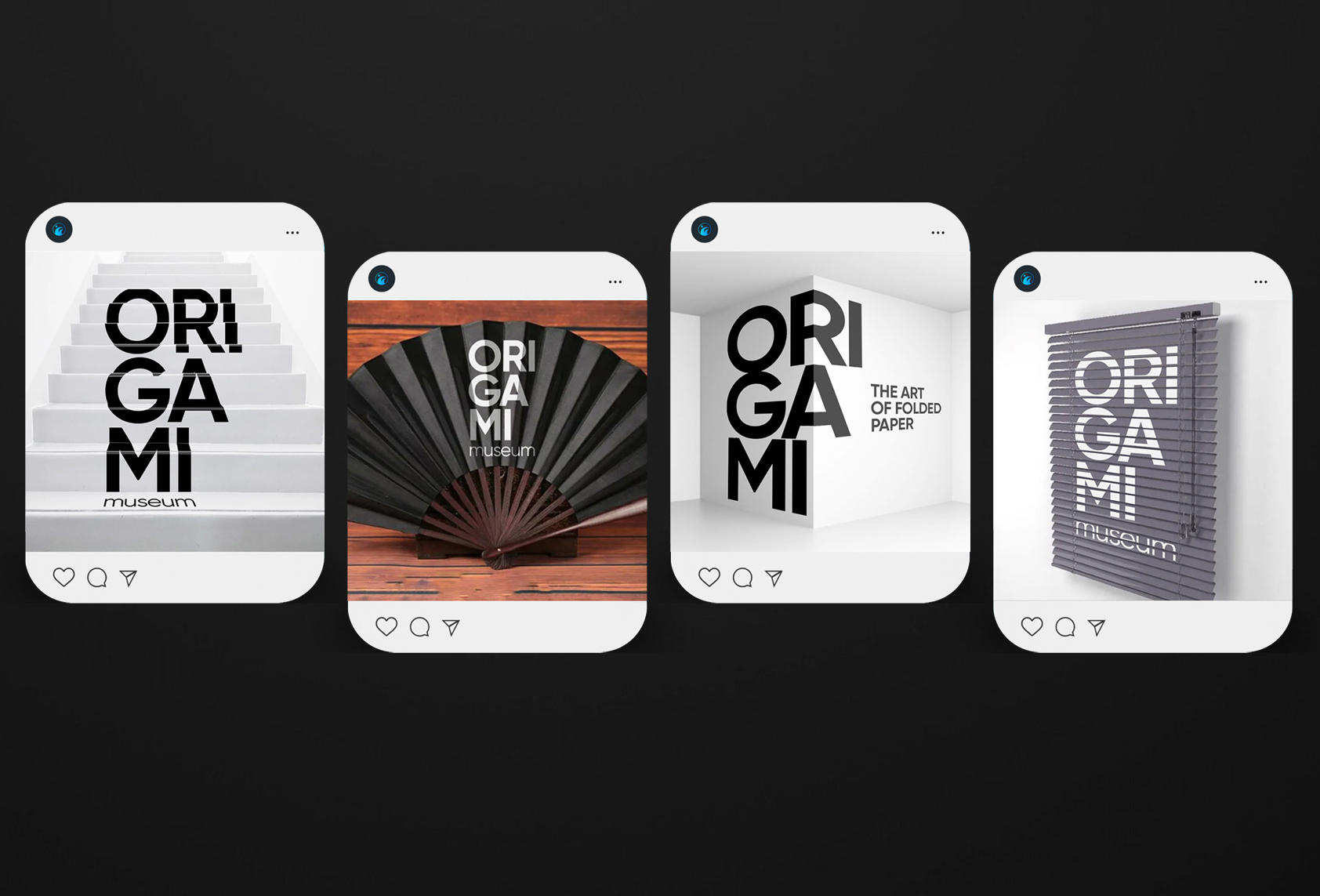
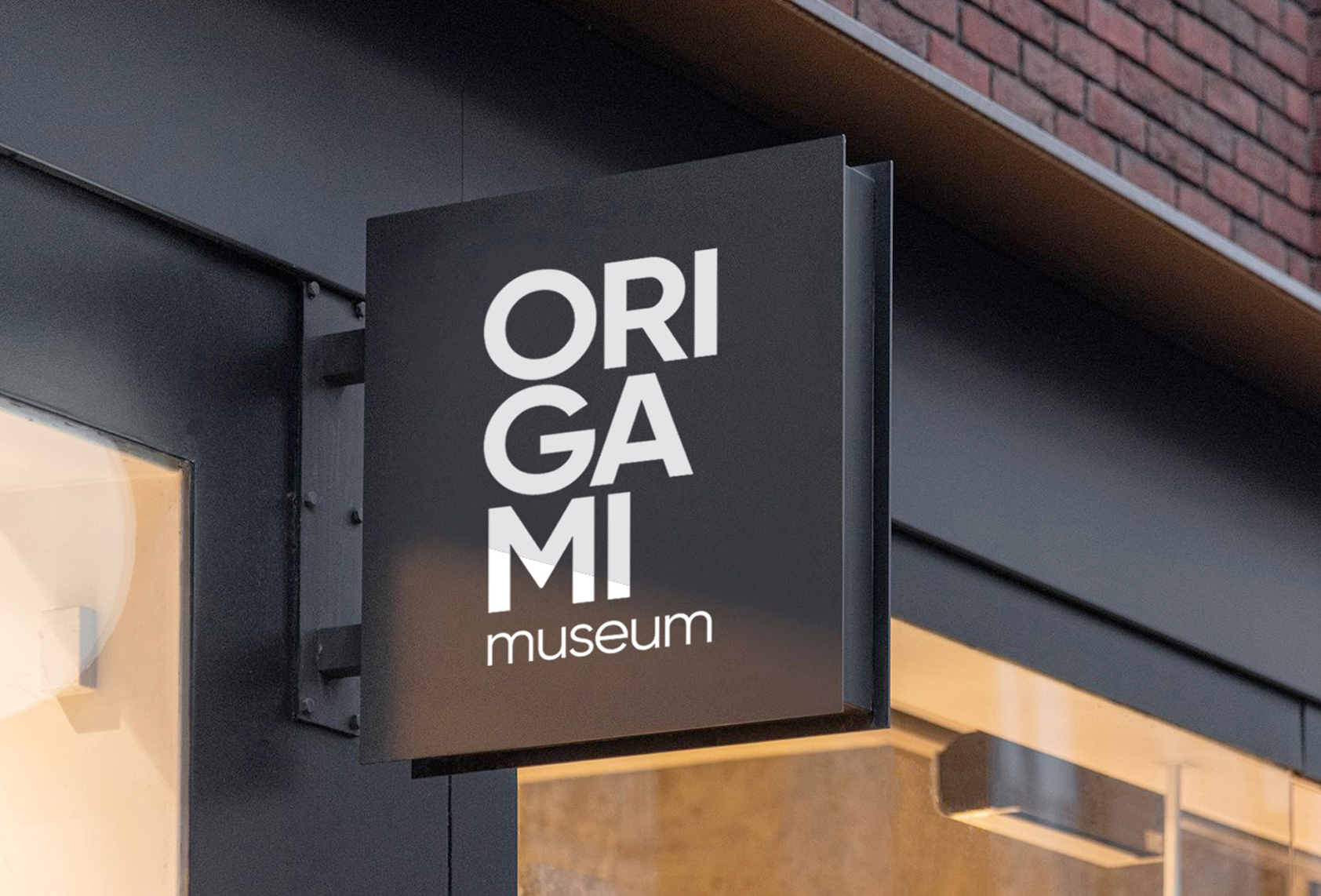
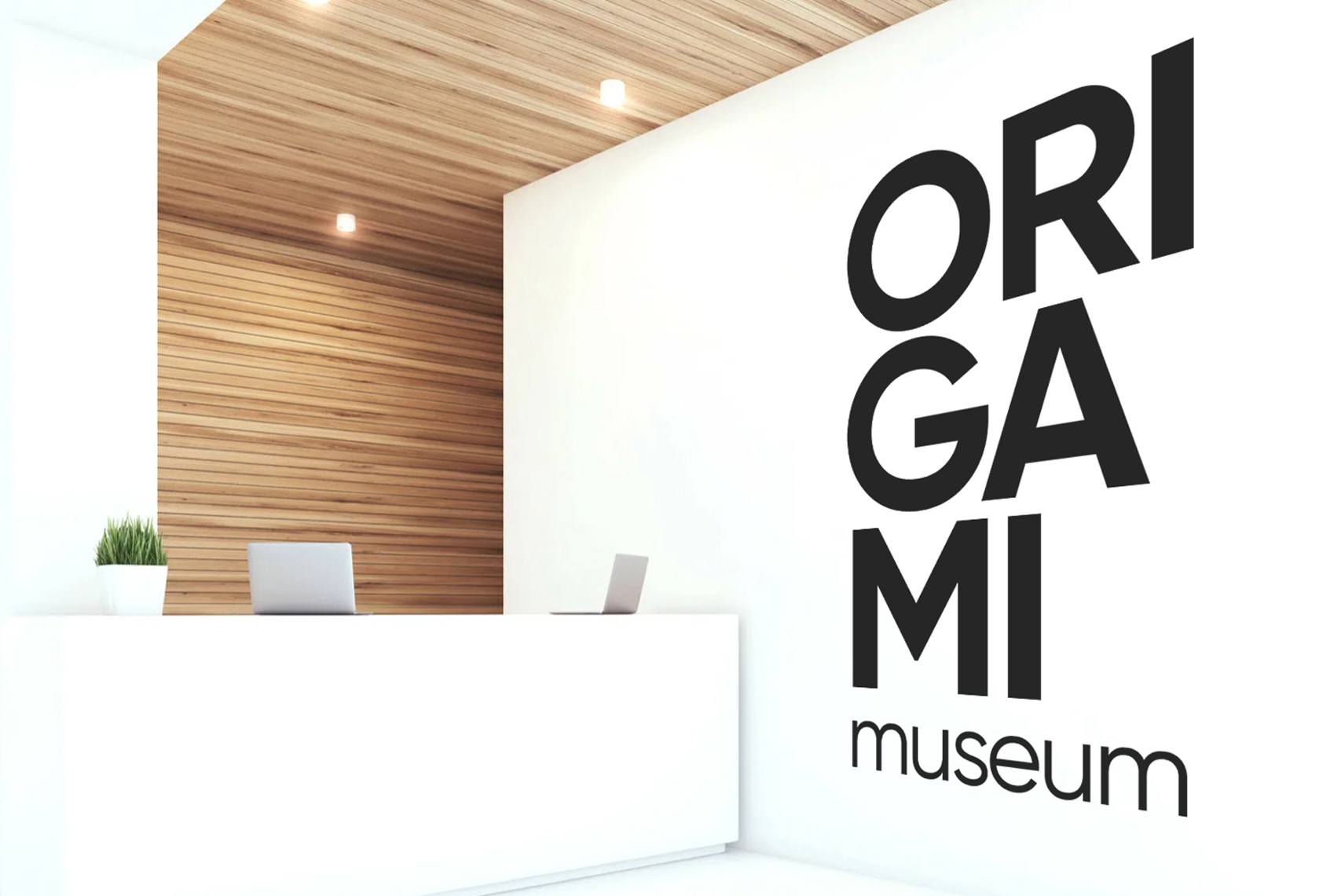
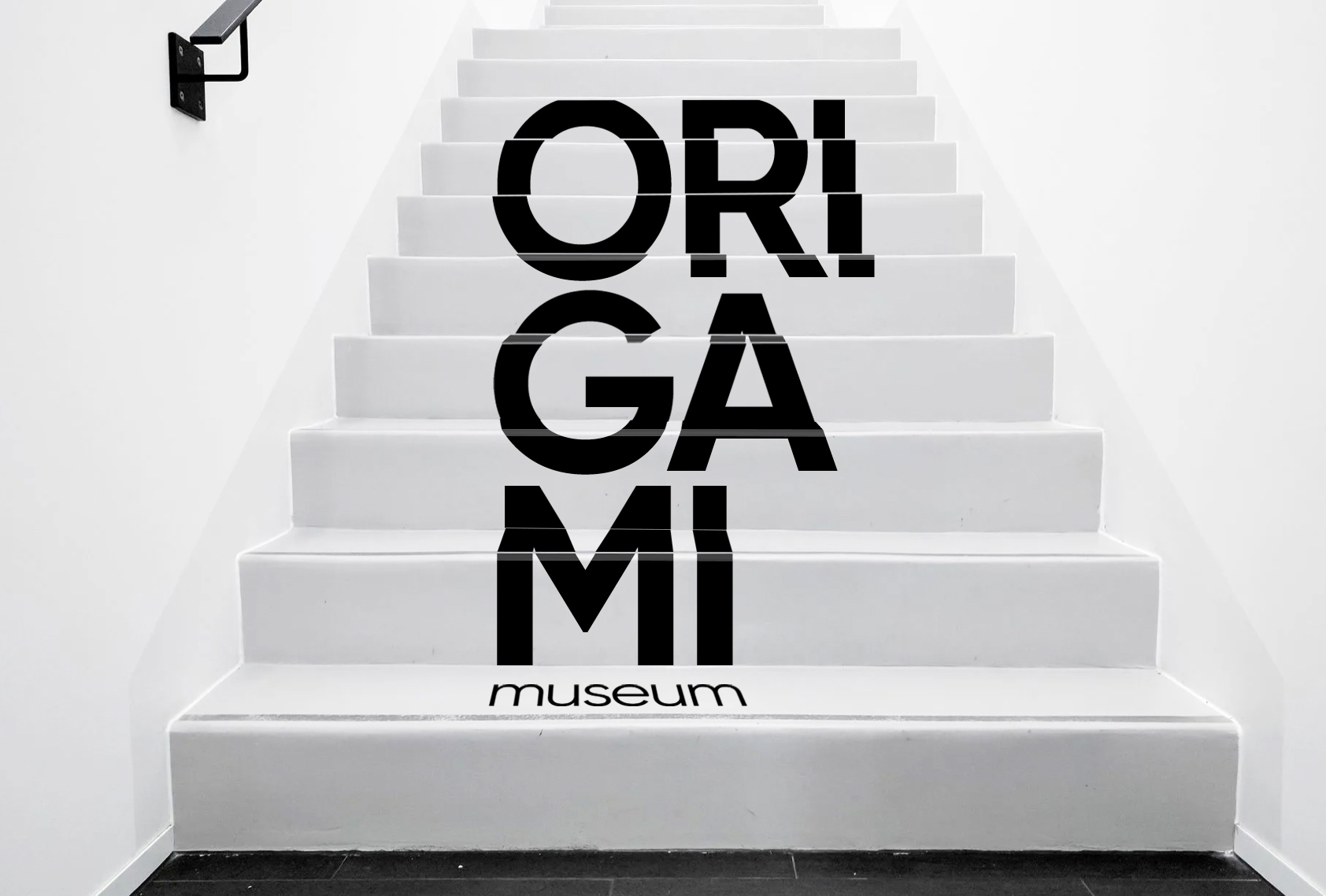
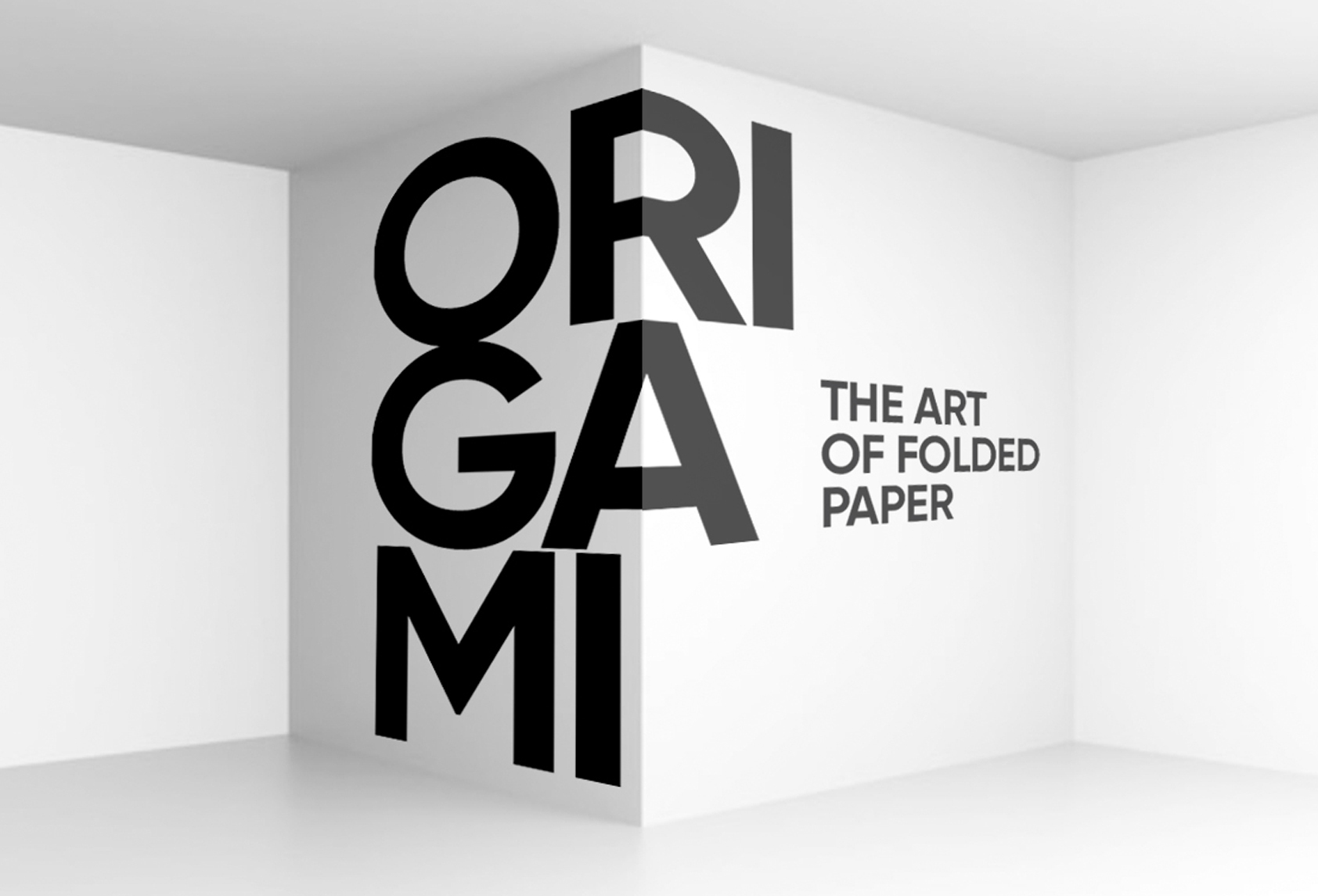
CREDIT
- Agency/Creative: Yaroslav Gvozdev
- Article Title: Student Yaroslav Gvozdev’s Brand Identity Concept for the Origami Museum with a View to Enhancing Visitor Experience
- Organisation/Entity: Student
- Project Type: Identity
- Project Status: Published
- Agency/Creative Country: Russia
- Agency/Creative City: Moscow
- Market Region: Global
- Project Deliverables: Identity System
- Industry: Information
- Keywords: Origami museum identity
-
Credits:
Author: Yaroslav Gvozdev











